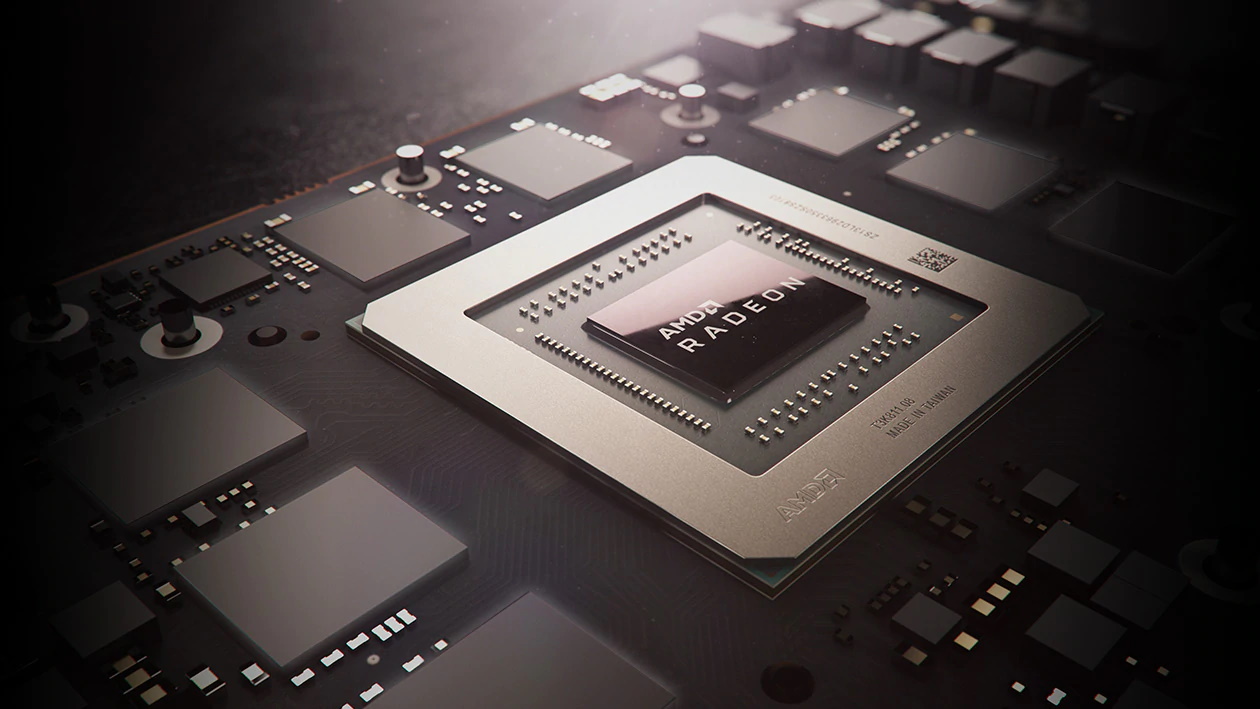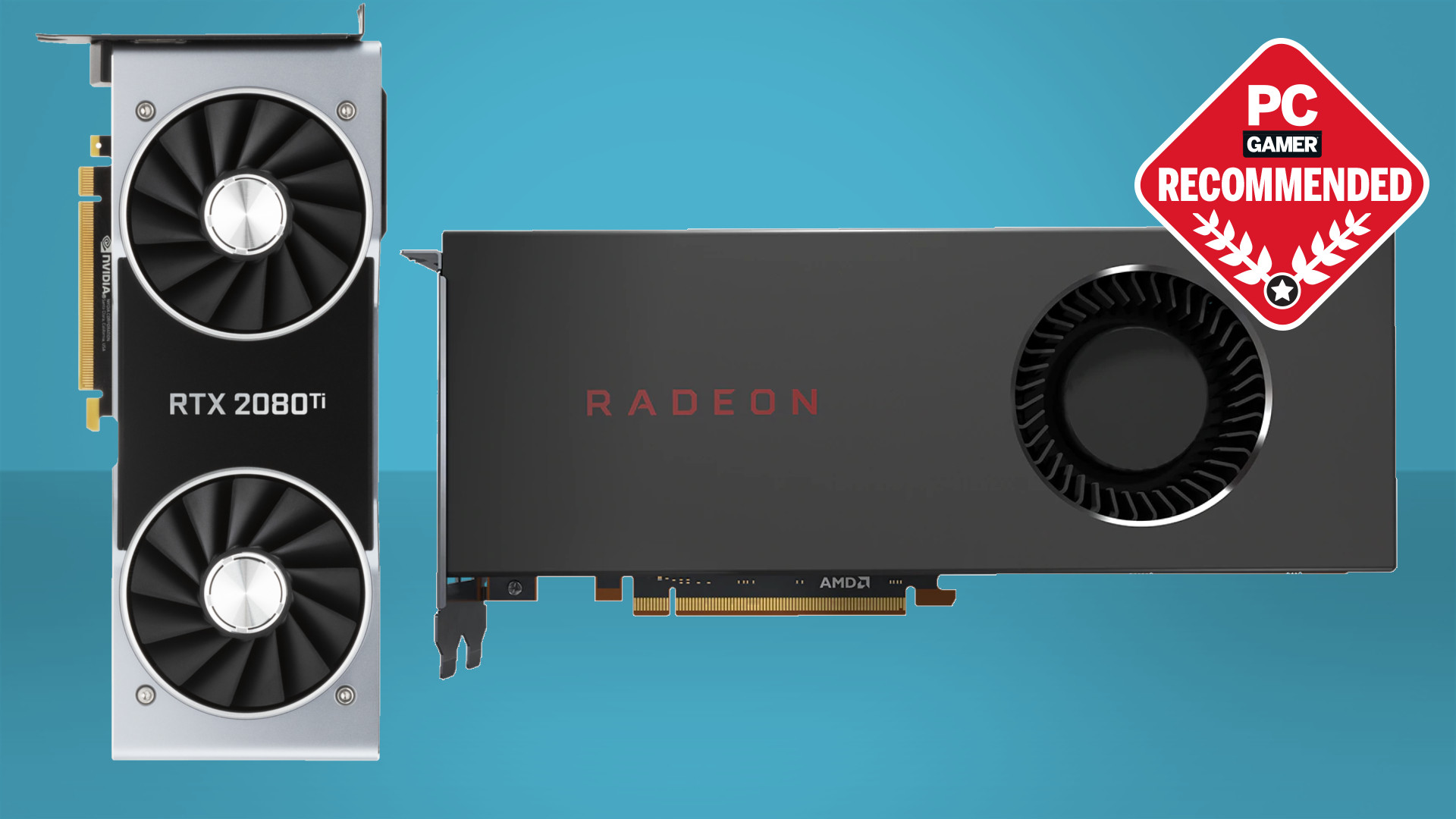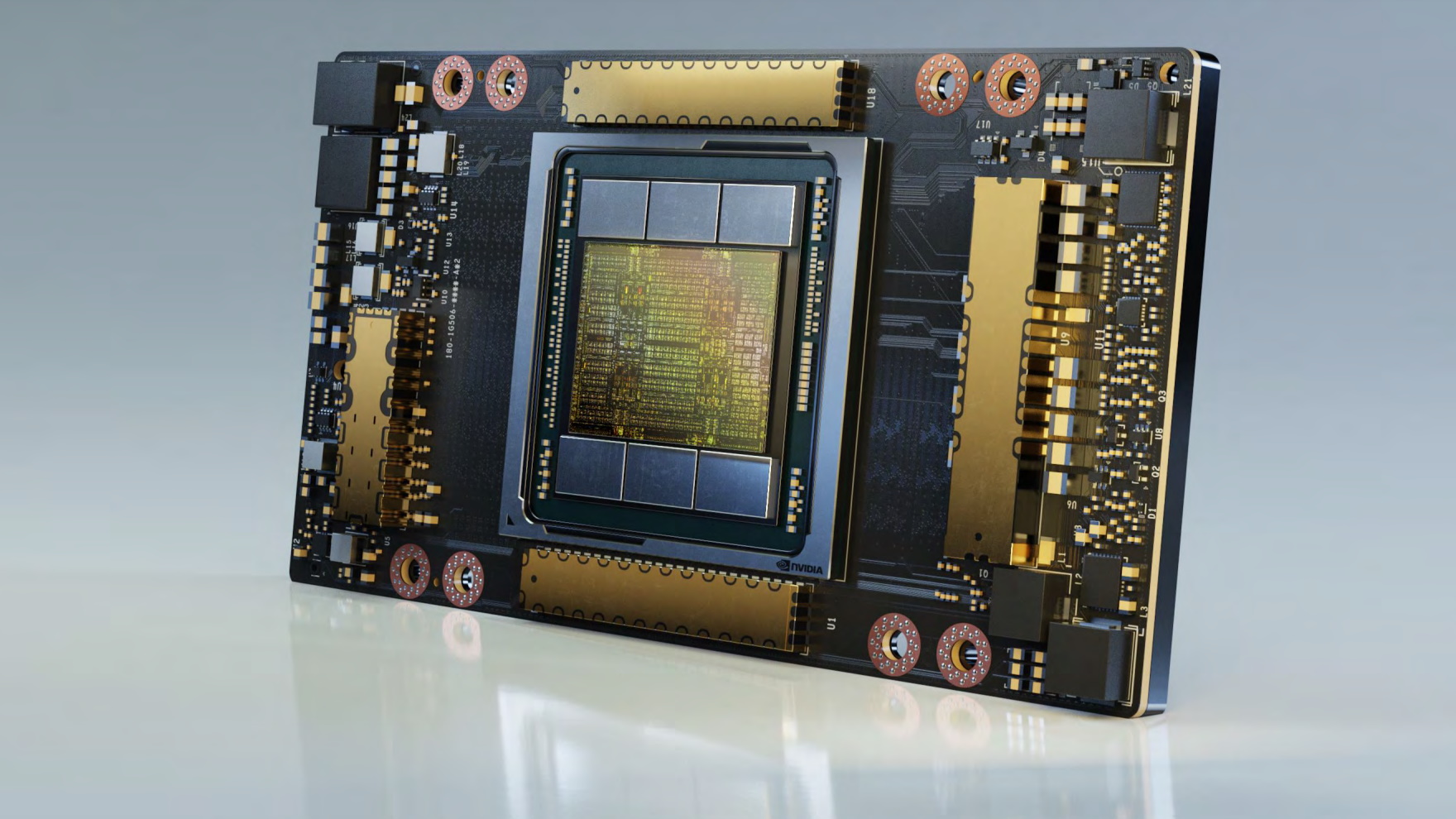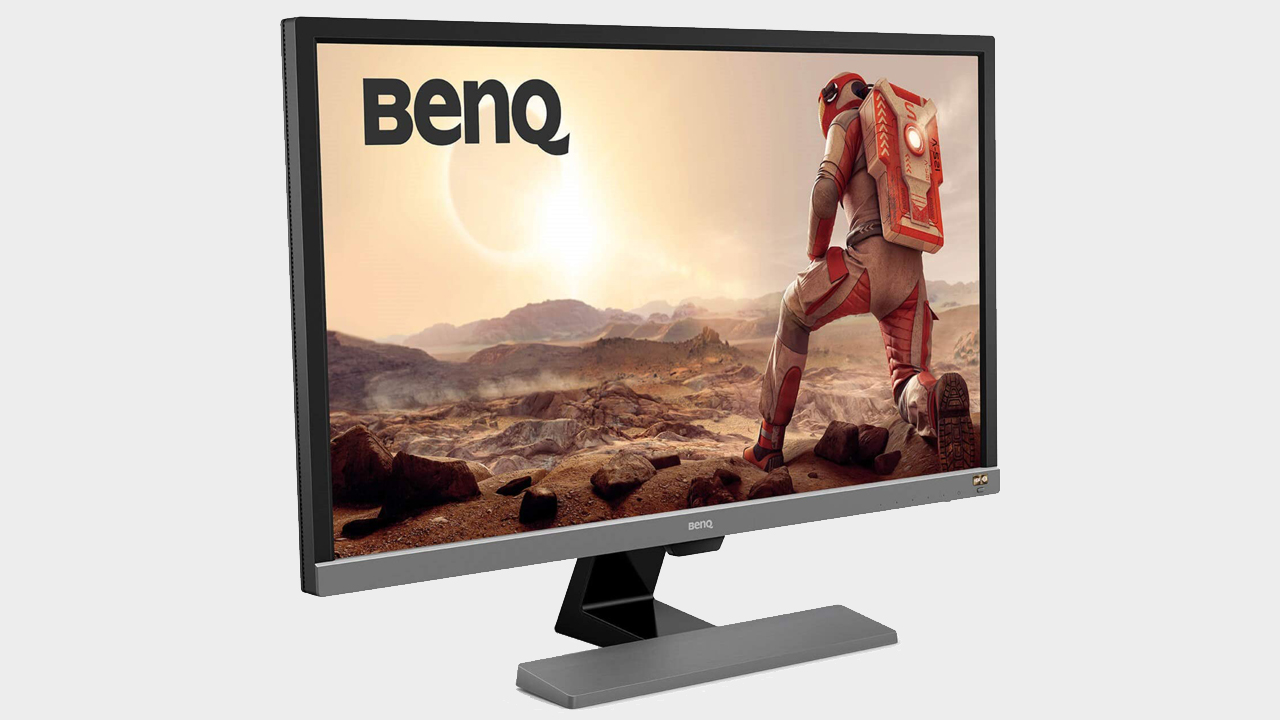Next-gen Nvidia and AMD GPUs could usher in a golden age for 4K gaming
It may be just about possible right now, but I'm hopeful that next-gen GPUs will make 4K commonplace.

Leaks and rumours for the next round of GPUs continue to spill out almost on a daily basis, and while it's easy to be cynical about what such leaks could mean, today I'm going to take a slightly different tack. Today I want to talk about the fact that I'm actually quite positive about what Nvidia Ampere and AMD RDNA 2 could mean for the future of gaming. Not only could we see some parity at the top end, for a change, but it could usher in a golden age for 4K gaming. Something we should all welcome.

If you can't wait for Big Navi or Nvidia Ampere, these are the best graphics cards you can lay your hands on right now.
Before I go any further, it's worth noting that I don't currently use a 4K screen. Since the world went into shutdown, and the PCG offices closed, I've been battling along with a Iiyama ProLite E2472HD, a great screen for working on, but less impressive when it comes to gaming. More recently I've replaced this with an Asus ROG Strix XG258, which I have on loan to see what difference a 240Hz display makes, I'll be covering that in a bit more detail in the future.
So basically right now, I have no ability to play at 4K. And this isn't down to the traditional problem of my graphics card not being able to keep up, it's because I don't have enough pixels in front of me. And I miss that. I miss not having the space in Windows. I miss not having the clarity that 4K brings to pretty much every game. Whether that's taking in some of the more gorgeous vistas that Azeroth has to offer, or the added precision it offers when sprinting across Kings Canyon. Gaming at 4K is just so much better than at 1080p.
The problem is that the current generation of graphics cards—yes, even the very top of the pile, the 2080 Ti—can struggle to hit smooth frame rates at the best settings when you hit 4K. I had the joy of using a 2080 Ti in my test rig for most of last year, before it was cruelly returned to the manufacturer—ah the joys of being a tech journalist—and on a number of occasions I sat in disbelief as this £1,200 card stuttered its way through games. I mean this was mainly a problem when you're looking at the few ray traced titles, but it wasn't totally limited to those.
Which is breathtaking when you consider how much that card costs. When you drop as much cash on a graphics card as could get your a mid-range gaming system, it doesn't seem too unreasonable to think that you should just be able to throw everything on max settings and get on with playing the game.

Which is why I'm looking forward to Nvidia Ampere and AMD RDNA 2. We know very little for certain at this point, but as with any new generation, you have to hope it outperforms the current. Given the latest rumours that Nvidia has a triumvirate of ultra-enthusiast GPUs lined up, possibly in response to its fears of what AMD has managed with its second generation RDNA architecture, this new generation of cards shouldn't just be '4K-capable.'
The thing is, the current generation is absolutely great at handling 1080p gaming. Even vaguely affordable 'mid-range' cards can hit 1440p comfortably most of the time. Which leaves me hopeful that 4K is going to be a much more realistic target resolution as we leave 2020. I don't expect to hit 60fps at 4K in every game at the highest settings, especially if we're talking about the middle of either GPU stack, but it feels like it's going to be on the cards much more than it currently is.
Keep up to date with the most important stories and the best deals, as picked by the PC Gamer team.
According to the latest Steam Hardware Survey, 4K displays make up a mere 2% of setups. And while that is skewed by plenty of things, including laptops, multi-screen setups, etc., it's still a pretty good indicator that a lot of gamers haven't experienced the precision of 4K gaming. And it can be a great eye opener, especially if we're talking about a quality IPS monitor, or even the latest TN+ panels.

There's good news on this front as well, because 4K displays are not the prohibitively expensive treat that they once were. If you take a look at our 4K gaming monitor guide you'll discover decent 4K gaming screens can be picked up for as little as £250. You can spend a hell of a lot more to get better colour reproduction and higher refresh rates, but the fact still holds that 4K screens are not as exclusive as they once were. And that's a good thing. If we want games to make the most out of our hardware, then we need to lift the bar, and make it beneficial for more than a select few.
One of the reasons that the uptake of 4K screens maybe hasn't been so great, apart from the obvious cost of the more tripped out panels, is that the GPU power hasn't been there. It's a bit of a chicken and egg situation, there's no point dropping cash on a 4K screen if you know you can't get the most from it.
Likewise, what's the point in upgrading your graphics card if you don't have a screen that uses all that power? If we can dream for a second, and imagine a tomorrow where the mid-range cards of the next generation manage to produce 2070 and 2080 performance at £300-400 instead of £400-700, then we will hopefully see a big push towards 4K.
There are benefits of moving to higher resolutions for everyone as well: things such as higher polygon counts and higher resolution textures. This potentially leads to improvements for memory throughput, how NVMe drives are used, as well as a renewed focus on the various buses that handle the transfer of so much data.
There will be new challenges, of course. And a big shift could uncover all kinds of issues, but the PC industry has a good reputation of stepping up when needed. It'll help push the PC as a platform forward, and that can open up even more opportunities. Moving up to 4K is just the first step. Here's hoping AMD and Nvidia can deliver, at a price that makes sense.
Alan has been writing about PC tech since before 3D graphics cards existed, and still vividly recalls having to fight with MS-DOS just to get games to load. He fondly remembers the killer combo of a Matrox Millenium and 3dfx Voodoo, and seeing Lara Croft in 3D for the first time. He's very glad hardware has advanced as much as it has though, and is particularly happy when putting the latest M.2 NVMe SSDs, AMD processors, and laptops through their paces. He has a long-lasting Magic: The Gathering obsession but limits this to MTG Arena these days.


